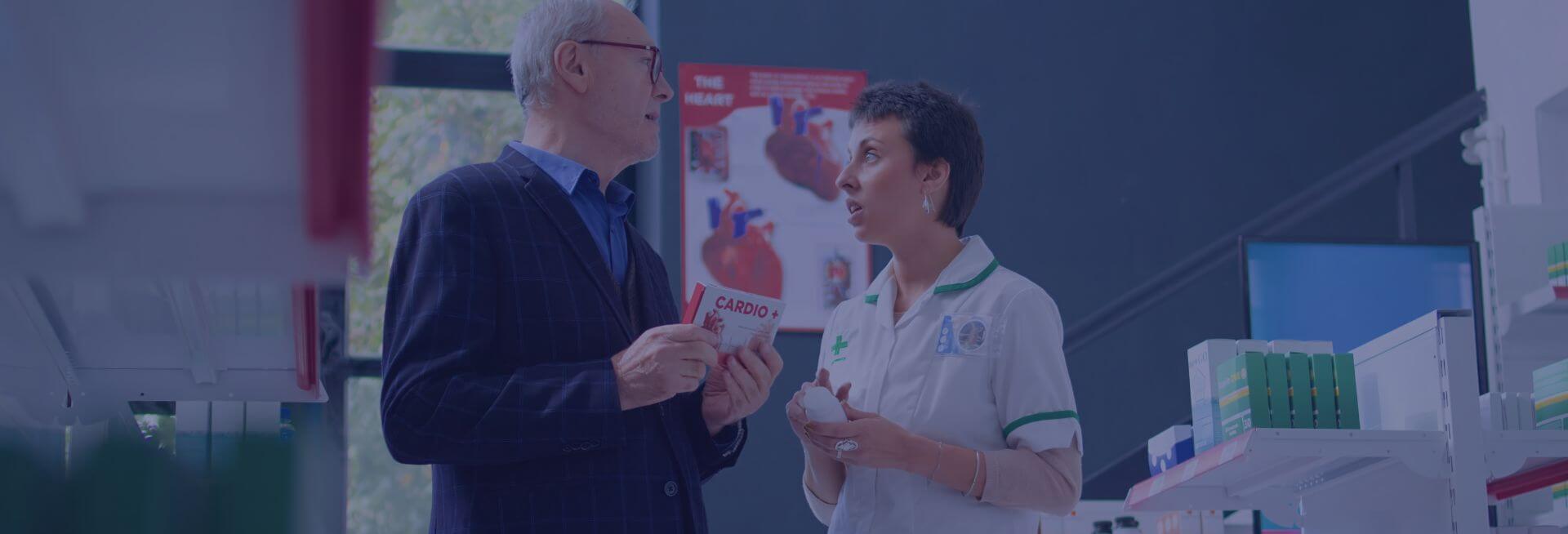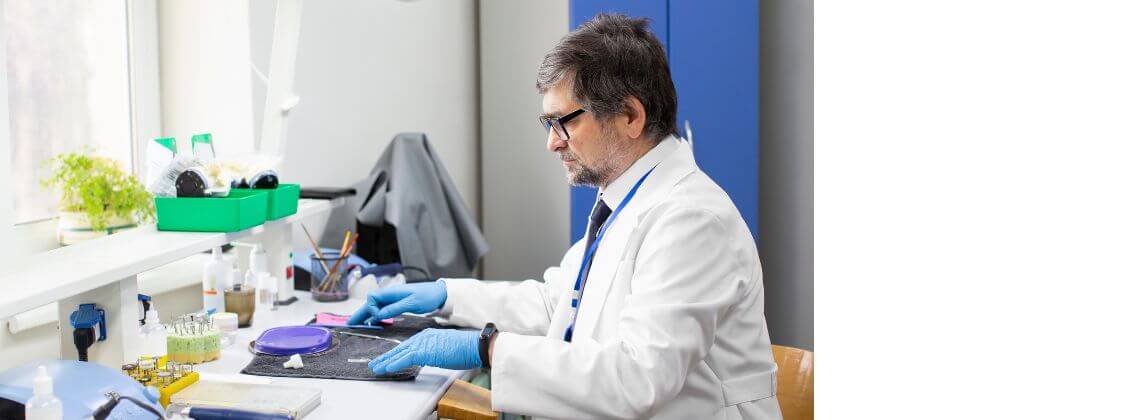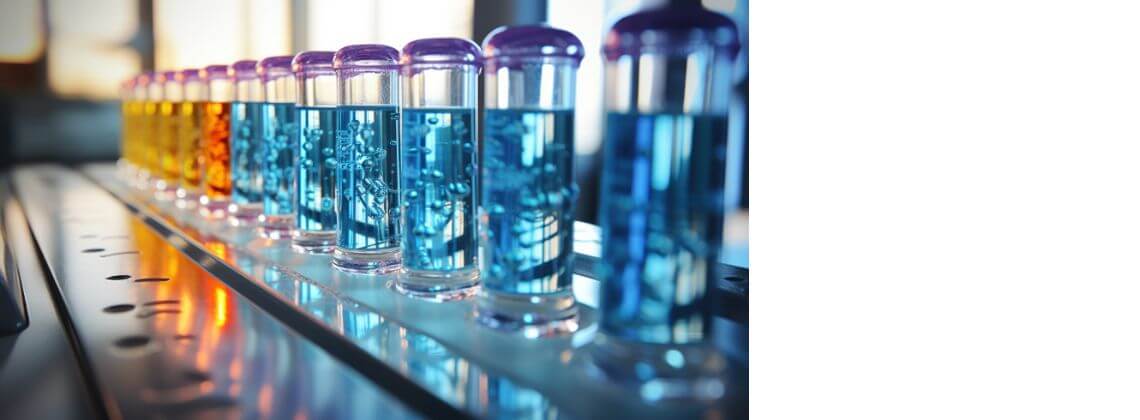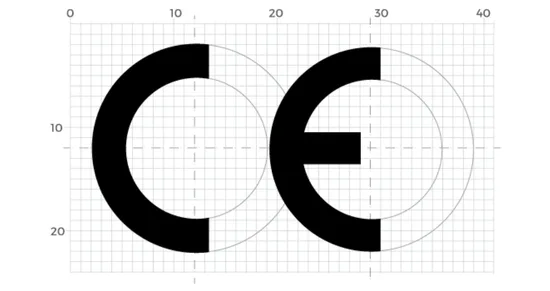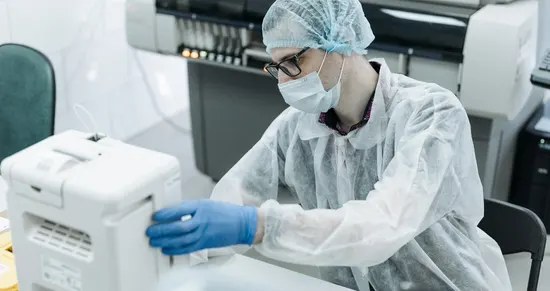Introduction
Drug-device combination solutions are a major advancement in the rapidly changing field of healthcare and medical technology, providing patients with more treatment alternatives and better outcomes. For producers, negotiating the European Union’s (EU) regulatory framework for these items is a difficult task. This blog illuminates the complex interplay between innovation and regulatory compliance by examining the many regulatory obstacles that drug-device combo products encounter in the EU.
Understanding Drug-Device Combination Products
With the potential to provide more effective treatment alternatives for a wide range of medical ailments, drug-device combination solutions represent a significant advance in the pharmaceutical and medical sectors. These goods provide complicated solutions that can better target treatments, control drug release, and guarantee a greater level of patient compliance by combining medicines, biologics, and medical devices into one unit. Pre-filled syringes, insulin pumps, and drug-eluting stents are a few examples.
The combination of these elements results in improved treatment outcomes. It does, however, also bring with it special difficulties, especially in the regulatory environment. Because of their hybrid character, they cannot be easily classified as drugs or medical devices, therefore their regulation must take a more complex approach. The European Union (EU) has created a thorough regulatory framework to guarantee the safety, effectiveness, and quality of these products after realising the special difficulties they present as well as their promise.
Regulatory Framework for Medical Devices in the EU
The EU’s medical device regulatory system aims to guarantee that all medical devices—including drug-device combo products—meet the strictest requirements for performance and safety. In an effort to raise the bar for medical devices sold in the EU, improve patient safety, and boost transparency, this framework has lately undergone considerable adjustments.
The primary mechanism of action of integral combination goods dictates the regulation. The device is governed as a medical product if its function is primary and not incidental to that of the medicinal product, or if it is meant to deliver a medicinal substance that forms a single, non-reusable integral product. If not, it is subject to medical device regulations.
EU Medical Devices Regulation (MDR)
With full implementation in May 2021, the EU Medical Devices Regulation (MDR) 2017/745 marked a significant revision to the prior legislative framework pertaining to medical devices. It places stricter rules on medical device producers, emphasising post-market surveillance and clinical evaluation in particular. The MDR’s application to a wider variety of goods, including certain drug-device combo items, is one of its main features.
Manufacturers of drug-device combination products are required by the MDR to manage a complicated regulatory environment that includes adhering to both pharmaceutical and medical device rules for the medication and device components, respectively. There is 117 supplied for this article.
According to this article, manufacturers of integrated DDCs must CE mark the DDC’s device component section and include the necessary supporting documentation in their dossier when requesting marketing authorization. This double criterion guarantees that the product’s efficacy and safety are carefully evaluated from both angles.
The legislation further increases the level of scrutiny for the device component of drug-device combination goods by highlighting the device’s significance in relation to the medicinal product.
The General Safety Procedures (GSPRs) of the MDR provide the guidelines for assessing whether a device complies with the regulation by specifying the requirements that it must meet. GSPRs encompass specific standards related to manufacturer, usage instructions, risk, performance, design, and labelling.
Notified Body Opinion
According to Annex II of the MDR, a comprehensive technical documentation is required for medical equipment to be certified CE. A complete technical file is not necessary for an NBOp, however it is required to include a lot of documentation. Team-NB outlines the content and file format requirements for submissions.
Regulatory Challenges for Drug-Device Combination Products in the EU
In the EU, drug-device combination products—which include prefilled syringes or inhalers and devices coated or impregnated with pharmaceuticals—present particular regulatory problems. Because these goods fall under the purview of both pharmaceutical and medical device laws, which were created separately, the authorization procedure is made more difficult.
Complexity of Regulatory Procedures
Because drug-device combination products are dual in nature, their regulatory processes are intrinsically complicated. Manufacturers are responsible for ensuring that each component satisfies the safety, quality, and efficacy requirements as well as the MDR and pharmaceutical standards. The regulatory burden is greatly increased by this dual compliance requirement, which necessitates substantial documentation and supporting evidence to prove conformity with both sets of requirements.
Unclear Product Classification
It might be difficult to categorise drug-device combination goods correctly. The product’s regulatory pathway is determined by its principal mode of action (PMOA); however, in many instances, it is unclear whether component—the medicine or the device—is more important in producing the desired therapeutic outcome. This uncertainty makes regulatory submissions more difficult to complete and may result in categorization errors that cause delays or rejections from the regulatory body.
Divergent National Implementation
While EU legislation offer member states a framework, how these regulations are interpreted and applied varies greatly throughout nations. Due to varying standards and interpretations of compliance, producers looking to market their products throughout the EU may encounter difficulties as a result of this variance, which raises the complexity and expense of regulatory procedures.
Insufficient Guidance Documents
Lastly, guidelines papers could not always keep up with innovation due to the dynamic nature of drug-device combo products and the changing regulatory landscape. Manufacturers may find it difficult to adequately show compliance if there is a lack of precise information regarding certain components of regulatory filings for these items. In the end, this uncertainty may limit patients’ access to cutting-edge medicines by impeding product development and lengthening the time to market.
In conclusion, despite the fact that the EU has created thorough regulatory frameworks for both drugs and medical devices, a more coordinated and transparent approach is required due to the particular difficulties posed by drug-device combination products. It will be essential to address national divergence, regulatory complexity, categorization ambiguity, and the requirement for additional guidance papers in order to streamline the approval process.
Strategies for Overcoming Regulatory Challenges
A multifaceted strategy is needed to navigate the intricacies of EU laws pertaining to DDCPs. Manufacturers have a number of options for expediting the clearance process in addition to adhering to rules.
Building Strong Regulatory Expertise
Developing or investing in internal regulatory knowledge is essential. This entails making certain that team members are conversant with all EU laws pertaining to prescription drugs and medical equipment. Maintaining a current understanding of the regulatory environment requires ongoing education and training. A team that is knowledgeable about regulatory requirements may reduce the risk of non-compliance by strategically planning the product’s development and documentation.
Engaging with Regulatory Authorities
It is advantageous to have an open line of communication with regulatory bodies early on in the product development process. Getting in touch with organisations like the European Medicines Agency (EMA) or the relevant national authorities can help to clarify submission requirements and regulatory expectations. Proactively identifying and addressing any concerns early on allows for a more seamless review process. Regulatory agencies may also help manufacturers navigate the DDCP-specific difficulties by providing guidance, which helps manufacturers match their development and submission methods with existing requirements.
Conducting Pre-Submission Meetings
Pre-submission meetings are one concrete way to interact with regulatory bodies. Before formally beginning the review process, these contacts enable manufacturers to submit their regulatory strategy and important components of their submission dossier for comment. Pre-submission discussions may be quite helpful in pointing out any misconceptions or misreadings of the regulations, allowing for necessary corrections before submission. By taking this action, the possibility of a submission being rejected or of requests for further information, which can cause a delay in product approval, being greatly decreased.
Collaborating with Regulatory Consultants
Seeking outside assistance from experts is sometimes the best course of action. Regulatory advisors with expertise in the EU market can offer insightful advice. These experts have a sophisticated awareness of the regulatory environment, taking into account both new and previous developments. They may help with the preparation of application materials, provide strategic guidance on navigating the approval process, and even communicate on the manufacturer’s behalf with regulatory bodies. Working with regulatory consultants can be essential to getting a product approved for the market when there is a lack of in-house experience or when the product is extremely creative and pushes the bounds of current rules.
In conclusion, there are several obstacles in the way of EU regulations pertaining to drug-device combination goods. Manufacturers may effectively manage these complications, though, if they understand the repercussions of non-compliance and put effective solutions in place. Developing internal regulatory knowledge, interacting with regulatory agencies directly, holding pre-submission conferences, and working with specialised consultants are all actions that might be beneficial. When combined, these tactics can not only help with compliance but also speed up these novel goods’ route to market.
Case Studies: Examples of Regulatory Challenges Faced by Manufacturers
Complicating matters is the regulatory compliance environment for drug-device combination goods in the European Union (EU). Strict regulation applies to these items, which mix medications and medical equipment. Manufacturers frequently encounter major obstacles when negotiating the regulatory framework. We may see these issues in action and get insight into compliance best practices by using illustrated case studies.
Obtaining CE Mark for a Drug-Device Combination Product
A well-known pharmaceutical firm wanted to launch a new inhaler that was categorised as a drug-device combination as it included a pharmaceutical ingredient that was meant to be inhaled directly with a medical device component. The first hurdle was figuring out the appropriate regulatory route; the product had to satisfy both the pharmaceutical and medical device regulations under the Medical Devices Regulation (MDR).
Obtaining the CE certification, which denotes adherence to EU regulations, required extensive documentation and demanding evaluations. In order to prove the safety and effectiveness of the medicine and its component parts, the corporation was required to present extensive data from clinical trials, as well as specifics about the manufacturing procedure and quality assurance protocols.
One specific difficulty was navigating the distinctions between pharmaceutical and medical device regulatory regulations, which called for a highly coordinated effort across several functional departments inside the organisation. Further levels of complexity were added by evolving rules and interpretations, necessitating ongoing attention to detail and adaptability. In the end, obtaining the CE mark necessitated a significant time, money, and strategic planning commitment, highlighting the need of having a solid grasp of the regulatory framework.
Potential Regulatory Updates
Upcoming regulatory changes might bring more direction and specificity for goods that combine drugs and devices. Enhanced support for emerging technologies, better standards for clinical evaluation and post-market surveillance, and more precise categorization criteria are among the areas that are probably going to be addressed.
The use of real-world evidence (RWE) in regulatory submissions is one area of special attention. RWE integration might possibly expedite the time to market for novel goods by enabling more effective and efficient review processes. Furthermore, there is a drive for digitization and the use of digital technologies to expedite regulatory procedures, which will eventually help patients, regulators, and producers alike.
Notable changes are about to occur in the EU’s drug-device combination product regulatory environment. The upcoming modifications are expected to tackle present issues and facilitate more efficient regulatory processes, which might hasten the introduction of novel solutions into the healthcare industry while upholding the strictest patient safety regulations.
Conclusion
A distinct set of difficulties arises while navigating the regulatory environment in the EU for drug-device combo products. But the secret to expediting the approval process is to grasp the nuances of the relevant rules and regulations. Manufacturers have to cooperate closely with regulatory organisations, remain up to date on changes in the regulatory landscape, and make significant investments in planning and paperwork. They can successfully overcome these obstacles and further healthcare innovation by doing this.


